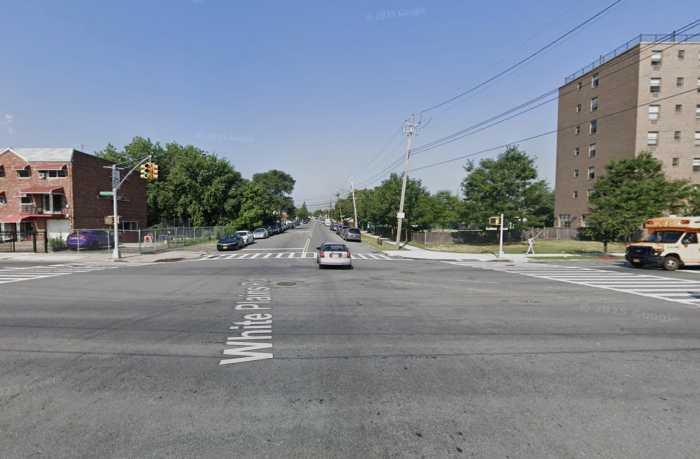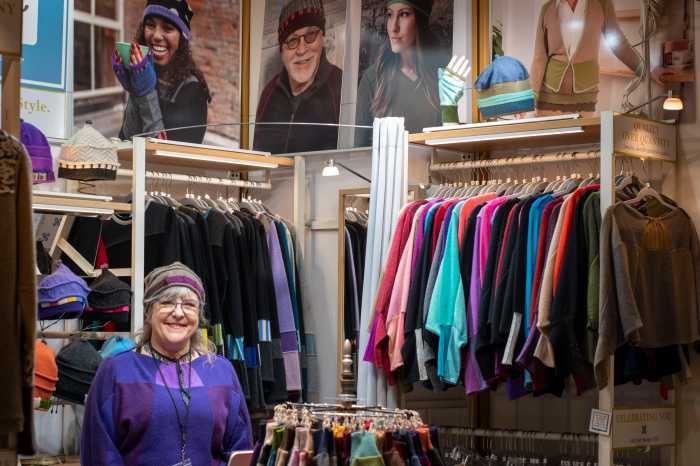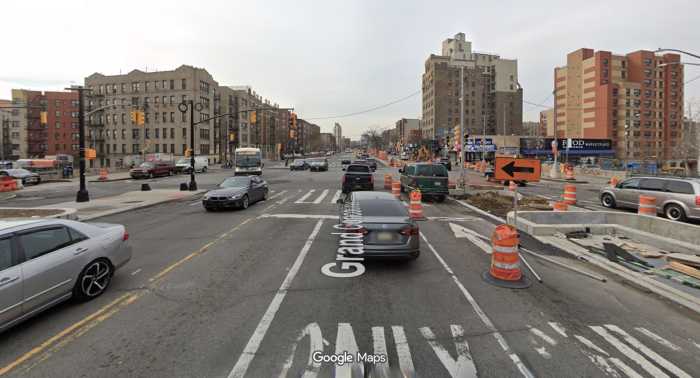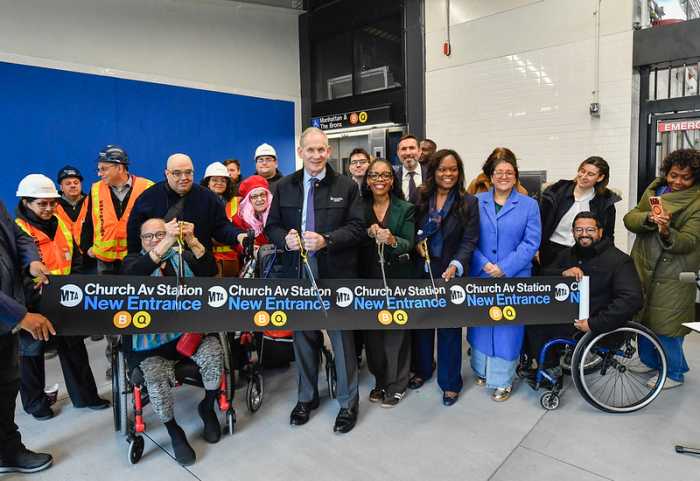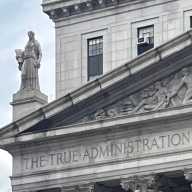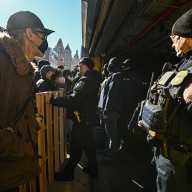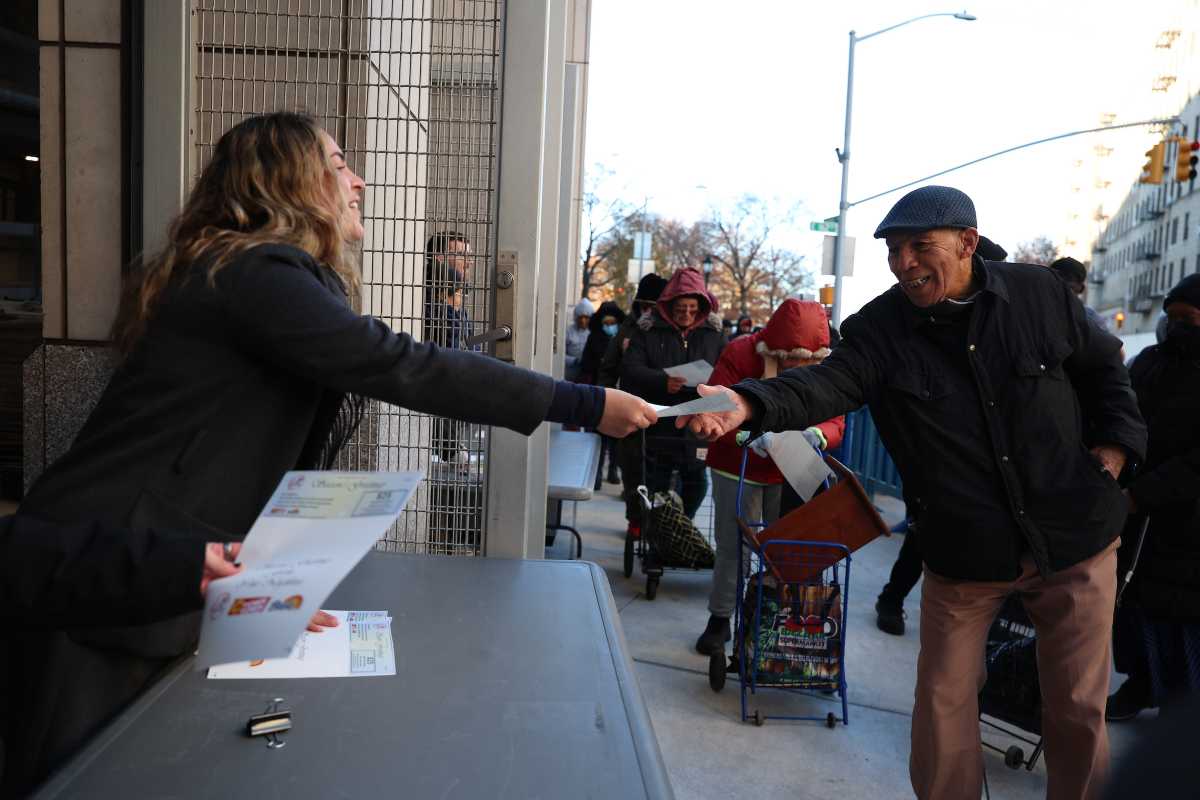The MTA has completed construction on new elevators at the subway complex on 14th Street and 6th Avenue in Manhattan, which serves the F, M, and L lines with a connection to the 1, 2, and 3.
The transit agency cut the ribbon Thursday on three new elevators as part of a massive $300 million overhaul at the busy station complex. The new elevators connect the street level to the station’s mezzanine, while two additional elevators connect the mezzanine to the uptown F/M platform and to the L platform; more are in construction to connect to the downtown F/M platform and the 1/2/3 platform at 7th Avenue.
“This is a megaproject,” said MTA chief executive Janno Lieber on Thursday. “It’s going to change accessibility for 30,000 daily riders of the New York City Subway system.”
By the end of this year, Lieber said, the station will have nine new elevators, as well as 25 new and 39 renovated staircases plus new tactile warning strips, which allow vision-impaired riders to feel the edge of the platform. About 80% of the overall project’s funding came from grants from the federal government. The projects will make the complex fully accessible under the Americans with Disabilities Act.
“There is a fundamental right to access mass transit,” said State Sen. Brad Hoylman-Sigal, who represents the area in Albany. “And today we are taking an important step forward in making that right real to all New Yorkers.”
The sprawling complex is one of the busiest in the subway system, with about 29,000 daily passengers on a given weekday. It’s been under construction for years as the MTA made capital improvements, including accessibility upgrades on the long, dreaded tunnel connecting 6th and 7th avenues.
The MTA currently has 38 accessibility projects underway across the transit system, Lieber said. But another 23 stations due for upgrades are now on ice due to the pause on congestion pricing, which was set to raise $15 billion for improvements throughout the system. And with only 30% of stations currently accessible, future plans are in even further doubt, Lieber noted, as “it’s gonna be a lot more than $15 billion that needs to be addressed” in the next capital program.




